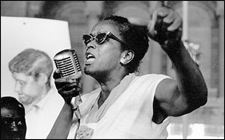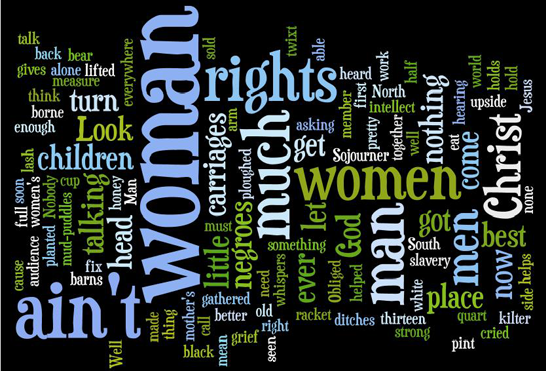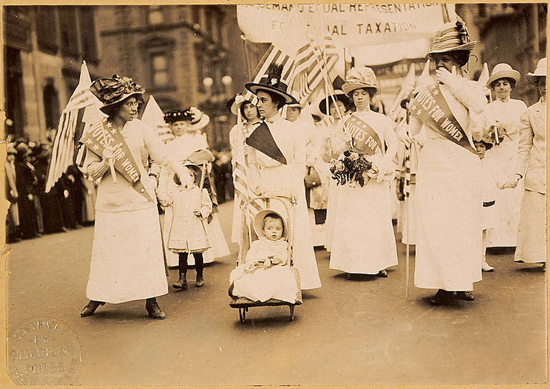Women's History Month
Overview
|
During Women's History Month, the School Violence Prevention Demonstration Program challenges your students to think critically about the subject matter and sources that underpin the study of women's history. Throughout our nation’s past, women have dared to question, to evaluate, and to ask, “Why not do better?” These lessons and activities invite your students to do the same. |









